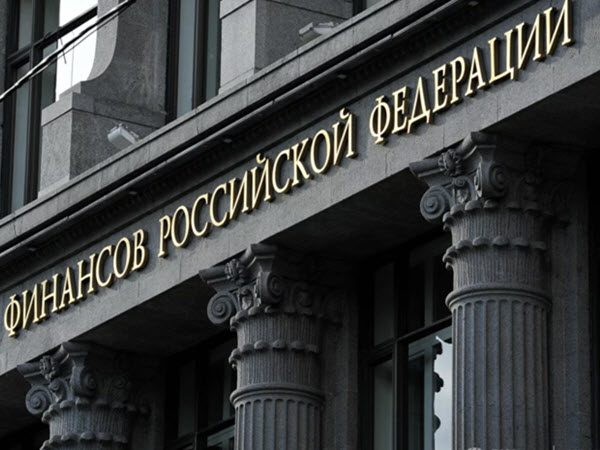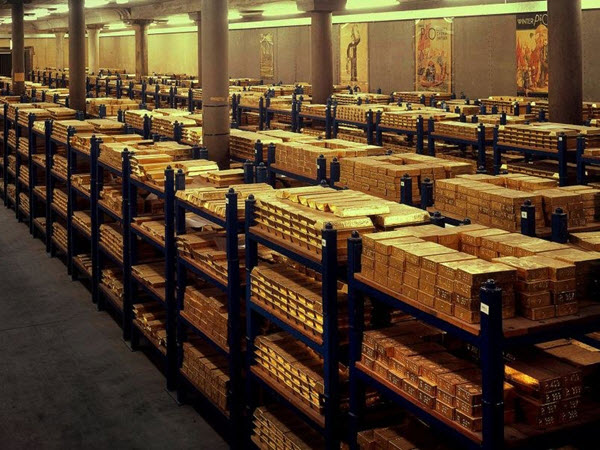
The tale of Russian gold purchases has taken yet another interesting turn that might, at first glance, be difficult to decipher. After spearheading central bank gold purchases year after year in an almost boastful fashion, as if to remind Western interests that sanctions imposed on the nation can only accomplish so much, it ceased all purchases last March.
Its central bank gave a vague statement and has made no official purchases since then, only making two small sales. It was quite the shift from purchasing gold bullion in double-digit tonnage every month, but nonetheless left the country with the fifth-largest sovereign gold stockpile in the world, amounting to 2292 tons.
Russia’s National Wealth Fund
When people talk of sovereign gold stockpiles, they almost invariably refer to the amount of gold owned directly by a national central bank. Yet just as Russia so often blurs the line between public and private business, it appears that the same effect is happening with its national fund allocation. The $185 billion National Wealth Fund (NWF) is the latest edition of Russia’s state wealth fund. It has changed names since its introduction in 2004, but its focus was always on having a diverse portfolio that would protect Russia’s state budget against oil price fluctuations and secure the nation’s pension fund.
In December 2019, Russia’s Finance Minister Anton Siluanov made a statement that the fund should invest in gold due to the metal’s reliability. In November, the Russian government came up with a proposition that would allow the NWF to buy and store gold, and on May 21, an official announcement was made that the fund was greenlighted to do just that. The gold, unsurprisingly, will be stored with Russia’s central bank.
Where does the money come from?
The NWF is similar to the sovereign wealth funds owned by many nations who enjoy budget surpluses. Norway, China, and Abu Dhabi currently place in the top 3 for fund balances. The concept is simple: money in a sovereign wealth fund gets invested like a pension or an endowment, with profits accruing to the fund (and, by extension, the nation).
Like Norway’s and Abu Dhabi’s funds, the Russian sovereign wealth fund takes its seed capital from the nation’s oil industry. Any Russian oil revenue that isn’t allocated to the federal budget goes to the NWF, and the NWF spends it on a wide variety of assets.
Perhaps the worthiest of mention here are foreign exchange and foreign debt securities, which will likely lessen in favor of gold and precious metals over the following months and years.
Last year, gold officially become a bigger component of Russian reserve assets than U.S.-dollar denominated assets. It has since continued to de-dollarize amid risks of sanctions from both the U.S. and the European Union.
Gold’s popularity as an asset
Various nations that have purchased gold officially over the past few years cited the metal’s utility as a tool for sovereign influence and a universally-accepted store of value, despite having no immediate threat of sanctions unlike Russia.
In short, the new legislation means Russia can continue hoarding gold and dumping dollars under the guise of sound portfolio management. While the NWF issues supposedly accurate allocation reports, the same can’t be said of the State Fund of Precious Metals and Precious Stones, another government branch that does not publish reports on its gold reserves. As sovereign nations open up about the importance of owning gold to maintain clout on the global stage, Russia now has three different investment vehicles through which it can increase its bullion stockpile and lessen dependence on foreign assets.


